Scientist of the Day - Hiram Bingham
Hiram Bingham, an American historian, began teaching Latin-American history at Yale in 1907, and after publishing a book called the Incas of Peru (1910), he managed to get funding for an expedition to Peru in 1911, even though he had no experience or training in archaeology. On July 24, 1911, he and a guide came over a ridge in the Andes and discovered the ruins of Machu Picchu. "Discover" is not really the right word here, since there were locals actually living on the mountainside and even in the ruins at the time, and several missionaries later claimed they had long known about the site. But there is no doubt that Bingham put Machu Picchu on the map. He wrote an article about it for National Geographic in 1913 (indeed, the entire April issue was devoted to Machu Picchu), and then, much later, he wrote a book, The Lost City of the Incas (1948), coining with his title the now-ubiquitous epithet for Machu Picchu. The site was made a World Heritage Site in 1983, and is now the number-one tourist attraction in Peru and is considerably threatened by all the attention. Bingham removed a number of artifacts from the ruins for the Yale Collections, and Peru long sought their return; the issue was resolved in 2008, and all the artifacts have now been restored to their homeland.
The images show, in order: Machu Pichu as it appeared in 1912; Bingham at the site; some of the stonework for which the Incas are famous; and a modern view of Machu Pichu. The first three images are from the April 1913 issue of National Geographic, in the Library’s serial collection.
Dr. William B. Ashworth, Jr., Consultant for the History of Science, Linda Hall Library and Associate Professor, Department of History, University of Missouri-Kansas City. Comments or corrections are welcome; please direct to ashworthw@umkc.edu.

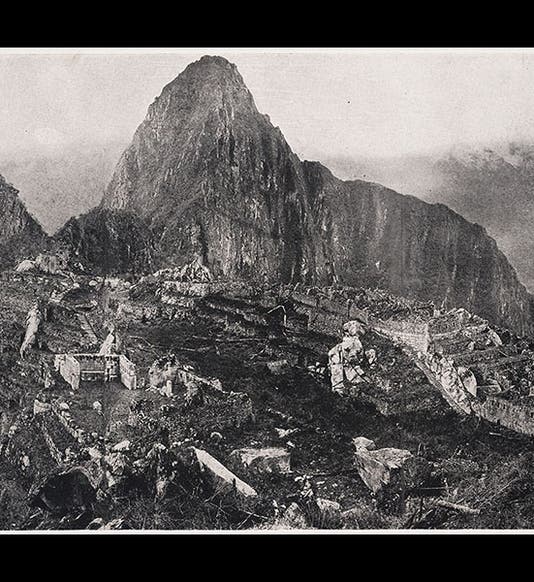
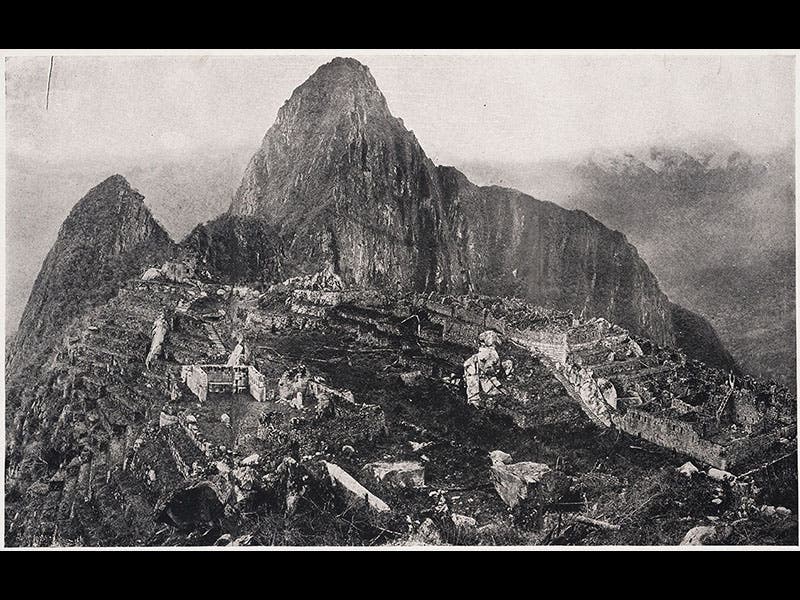
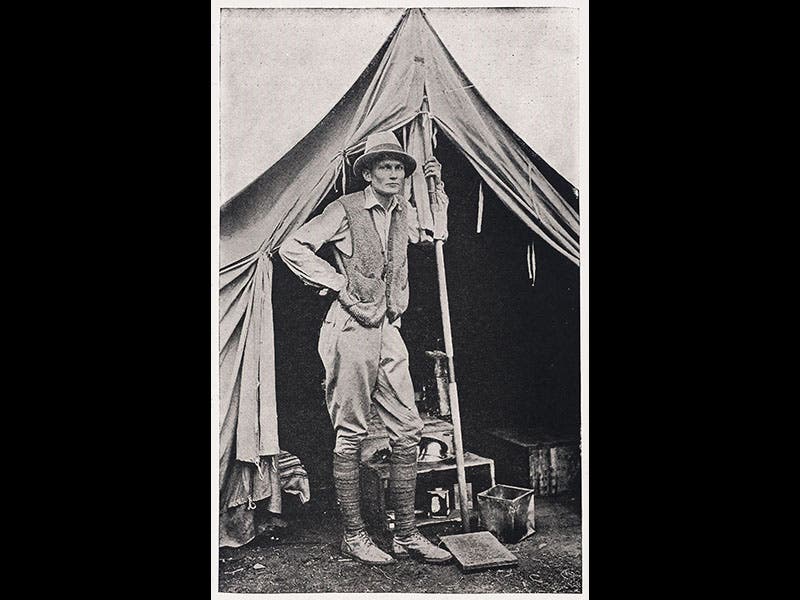
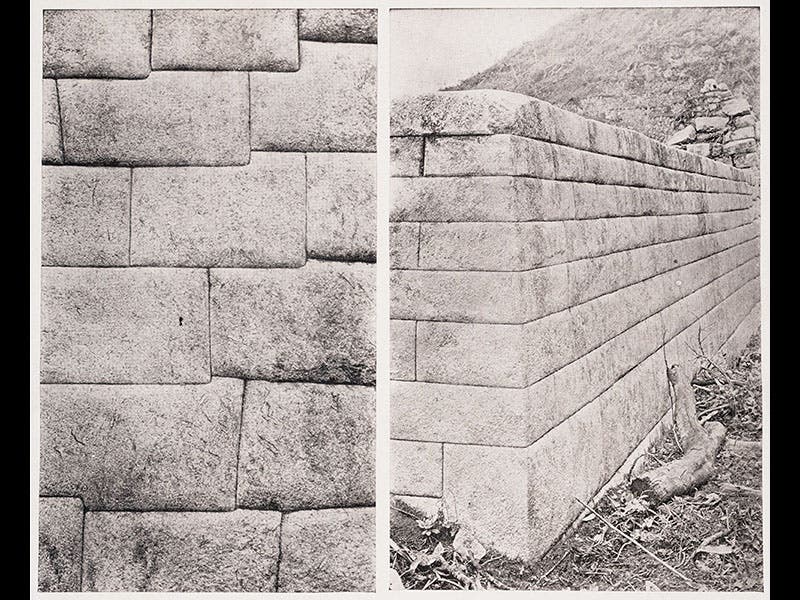
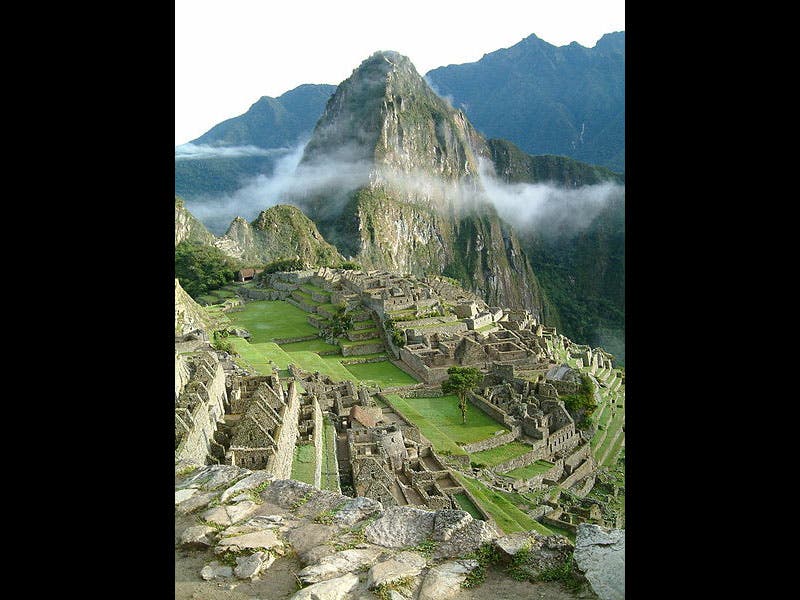



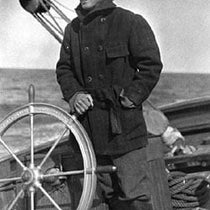
![Using an astrolabe to measure the depth of a well, woodcut in Elucidatio fabricae vsusq[ue] astrolabii, by Johannes Stöffler, 1513 (Linda Hall Library)](https://assets-us-01.kc-usercontent.com:443/9dd25524-761a-000d-d79f-86a5086d4774/a998eb50-55d2-4a88-ace2-a50aa5fa86e7/Stoffler%201.jpg?w=210&h=210&auto=format&fit=crop)